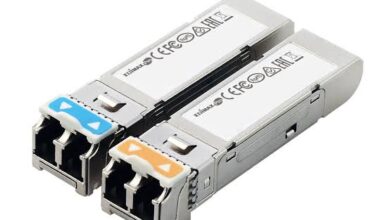Accounts Payable Automation: Five Benefits You Need to Know

Accounts payable departments are constantly transferring purchase orders out and bills in. Due to a large number of hands-on invoices, Accounts payable operations need approvals, which often takes some time. You may automate your accounts payable procedure to quicken the process.
What does automating accounts payable (AP) mean?
AP automation, often known as accounts payable automation, is a technique that employs a computerized system to eliminate time-consuming human operations, including data input and check writing. Thanks to automation, companies can electronically send invoices, handle approvals, and complete payments. Automation is used by businesses to reduce or completely remove manual intervention and accelerate processes like approvals, which take longer when improper controls are not in place.
In accounting, automation techniques create more value by relieving teams of time-consuming, ineffective duties instead of assuming that technology will eventually replace humans. Organizations have saved much money by switching from paper invoicing and payment systems to electronic ones. The following are the most typical tasks that AP automation is used for.
- Removes data entry
- Activate online approvals
- Create digital audit trails
- Sync payments and orders with invoices
- Make safe, end-to-end payments possible
- Reduce mistakes like double payments.
The following objectives are the ones that account payable process automation is most often used to achieve:
Improved Business Accounts Relationships
You may easily service your suppliers and sustain lasting, meaningful connections thanks to payable software:
- Supplier risk is decreased, starting with initial onboarding and continuing with periodic invoice payments.
- Maintaining good status with suppliers requires timely approval and payment.
- Suppliers who have been approved may send updates and documentation in various ways, including directly through the Supplier Portal.
- The system will notify you of time-sensitive events, such as approaching contract renewals.
Saves time
Previously, invoices would wait for review on desks or inboxes, but AP automation removes these delays and streamlines the approval process. Users may observe invoice processing in detail and real-time thanks to intuitive dashboards. You can modify the workflow to ensure that the right person receives the invoice on time.
You save money
Saving time results in labor cost savings. One of the main process expenses for accounts payable is labor. Staff members could use their time more effectively if they weren’t being paid to manually enter invoices and match them with other papers for hours.
You’ll spend less on check stock, postage, envelopes, and outside physical storage space with integrated document management and digital archiving.
Effortless, Accurate Processing
Using automated matching processes, 80 percent of invoices are processed from capture to payment.
- It eliminates the possibility of human mistakes.
- Getting rid of the necessity for the same degree of supervision
- Eliminating nearly all overpayments and double payments.
- Automatically identifying exceptions for approval.
- It makes audits, reporting, and budgeting much more precise and efficient.
Read Also : These Extra Expenses for the Bathroom Are Always Worth It
Improved data visibility and insight
Automation streamlines the compliance process while also providing the organization with new insights. When you abandon manual processing, you can employ solutions that produce data-rich reports regarding how your AP staff performs. Better data analysis produces buying and cash flow insights that benefit management teams.





